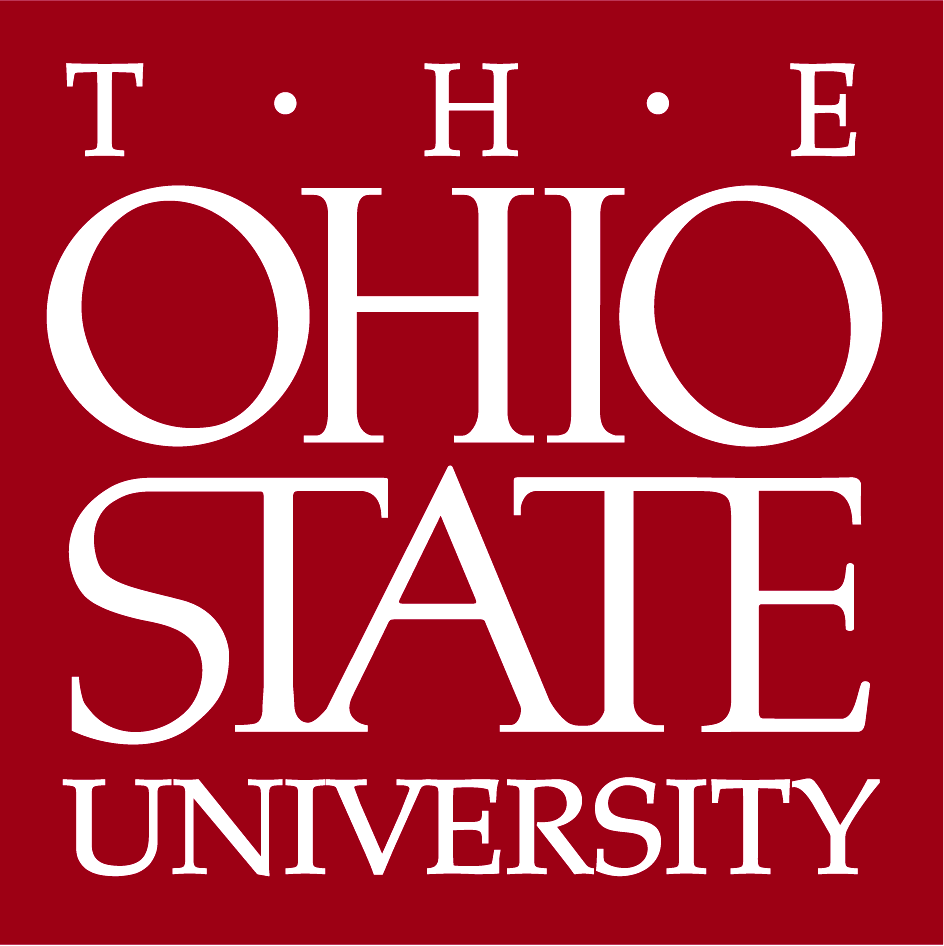Prof. Jenn Spock of Eastern Kentucky University has just sent me the draft
preliminary program for the upcoming fourth biennial conference at Ohio State in Columbus of the Association for the Study of Eastern Christian History and Culture (ASEC).
To be held in the Pfahl Conference Centre/Blackwell Hotel on the OSU campus from Friday October 7 to Saturday the 8th, this promises to be a
fantastic feast of scholarship. I greatly enjoyed the last one two years ago, but this one looks to be even better. Many of those presenting will be familiar to readers of this blog for we have either reviewed their books, or pressed them into service as scholarly reviewers of other books in their field.
Herewith the preliminary program:
FRIDAY OCTOBER 7
8:00 to 10:00
Session 1: Teaching and Role Modeling Sanctity: The Creation of Saints
Chair/Discussant: Jennifer Spock (Eastern Kentucky University)
Donald Ostrowski
(Harvard University):
“The Making of a Princely Saint: Alexander Nevsky in the Sixteenth Century.
David Goldfrank (Georgetown University): “The Rhetoric of Eldership in Nil Sorskii and Iosif Volotskii
Mario Rodriquez Polo (University Complutense, Madrid): “Towards a Systemic Understanding of Yurodstvo as a Socio-Culture Cognitive Construct”
10:15 to 12:15
Session 2: National Churches and Ecumenism: Regional Engagement in the Nineteenth and Twentieth Centuries
Chair/Discussant: Heather Bailey (University of Illinois, Springfield)
Lucien Frary (Rider University): “The Russian Foreign Ministry and the Ecumenical Patriarch in the First Half of the Nineteenth Century
Matthew Miller (Northwestern College): “Sustaining the Orthodox Commonwealth: The American YMCA in the Balkans, 1892-1940”
Jerry Pankhurst (Wittenberg University): “Russian Orthodoxy’s Growing European Engagement and Russia’s National Identity”
Lunch 12:15 to 1:30
1:30-3:00
Session 3: Developing Christian Communities: Architecture and Argument in the Middle Eastern and North African Christian Experience.
Discussant: Lucien Frary (Rider University)
Darlene Brooks Hedstrom (Wittenberg University): “Environmental and Religious Objectives in Egyptian Monastic Construction”
David Bertaina (University of Illinois, Springfield):
“Arguing with the Orthodox in Arabic: Elias of Nisibis’ Invitation to a Melkite Brother”
3:15-5:15
Session 4: Christian Identity in the Late Antique East
Discussant: David Bertaina (University of Illinois, Springfield)
Rod Stearn (University of Kentucky): “Regional Christian Identities in late Antique Palestine”
Joshua Powell (University of Kentucky): “Ecclesiastical Politics and the Formation of Identity in the 530s”
Edward Mason (University of Kentucky): “Virtue and Roman Identity in Origen”
5:30-6:30 Keynote Address: 140 Pfahl Hall
“Divine Craving: Insights on Food and Gluttony from Sixth-Century Palestine”
6:30-7:30: Reception
SATURDAY OCTOBER 8
8:00-10:30
Session 5: Theological Debates of the Early Twentieth Century: Russia
Discussant/Chair: Valeria Nollan (Rhodes College)
Betsy Perabo (Western Illinois University): “Mission, War, and Theological Ethics: Ortodox Debates on the Russo-Japanese War”
Scott Kenworthy (Miami University): “The Russian Holy Synod’s Condemnation of the Name Glorifiers, 1913”
Christopher Stroop (Stanford University): “The First World War as a Neglected Moment in the Development of Orthodox-Protestant Relations”
Paul Gavrilyuk (University of St. Thomas): “From Youthful Veneration to Bitter Condemnation: Florovsky’s Re-reading of Solovyov”
(University of St. Thomas): “From Youthful Veneration to Bitter Condemnation: Florovsky’s Re-reading of Solovyov”
10:45-12:15
Session 6: Confronting North America: Adaptation and Apocalypticism
John-Paul Himka (University of Alberta): “Iconography in Ukrainian Churches in the Canadian Prairies”
Amy Slagle (University of Southern Mississippi: The Apocalypticism of Fr. Seraphim Rose”
12:15-2:00 Lunch
2:00-4:00
Session 7: The French Connection: Orthodox-Catholic Interaction in Modern France
Chair/Discussant: Matthew Miller (Northwestern College)
Heather Bailey (University of Illinois, Springfield): “Russian Orthodoxy and Roman Catholicism in Civilization Narratives in Nineteenth-Century France”
Nicolas Prevelakis (Harvard University): “French Influences on 1970s Greek Orthodox Theology”
Erich Lippman (Bethany College): “the Problem of Action in Personalist Manifestos: French and Russian
4:14-5:45
Session 8: Viewing Orthodoxy as the “Other”
Chair/Discussant: Page Herrlinger (Bowdoin College)
Eugene Clay (Arizona State University): “Spiritual Christianity in the Lower Volga River, 1760s-1917”
Charles Arndt (Union College): “Nikolai Leskov’s Re-Working of Orthodox Forms in his Series Tales of the Three Righteous Men”
demonstrates just why His All Holiness has been dubbed the "Green Patriarch" by former Vice President Al Gore (recipient of the Nobel Peace Prize for his environmental activism) and the media. This third and final volume of the spiritual leader's selected writings showcases his statements on environmental degradation, global warming, and climate change. It contains numerous speeches and interviews in various circumstances, including ecological symposia, academic seminars, and regional and international events, over the first twenty years of his ministry. This volume also encompasses a selection of pastoral letters and exhortations--ecclesiastical, ecumenical, and academic--by His All Holiness for occasions such as Easter and Christmas, honorary doctorates, and academic awards.
is a rich collection, essential for religious scholars, those looking for a deeper understanding of Orthodox Christianity, and anyone concerned with the environmental and social issues we face today.





